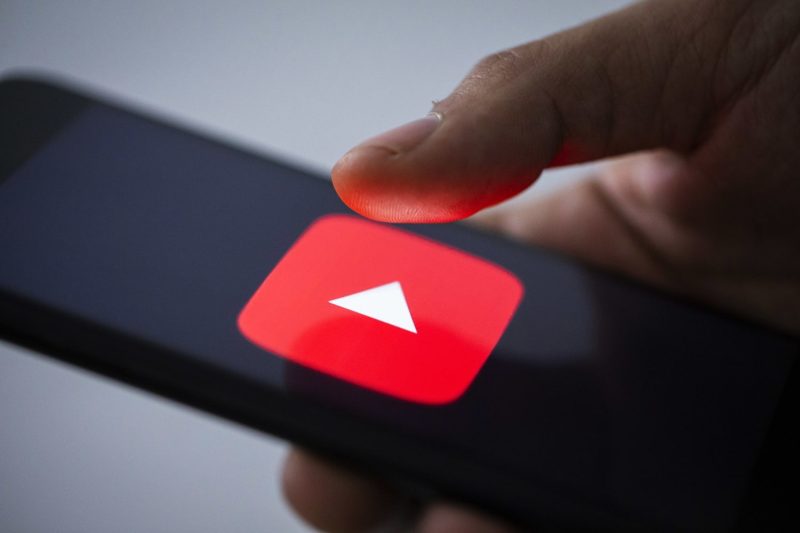With the rise of streaming services and the increasing popularity of online video content, YouTube has emerged as a dominant player in the living room entertainment landscape. Traditionally, living room entertainment has been dominated by cable and broadcast television, but the advent of smart TVs and streaming devices has given YouTube a foothold in this space. This shift has forced media companies to reevaluate their relationships with the platform, and decide whether YouTube is a friend or a foe.
One of the key reasons behind YouTube’s success in the living room is its vast library of content. With millions of videos covering a wide range of genres and interests, YouTube offers something for everyone. From music videos and movie trailers to tutorials and vlogs, the platform has become a go-to destination for entertainment and information.
Moreover, YouTube’s recommendation algorithm plays a crucial role in keeping viewers engaged. By analyzing user behavior and preferences, the algorithm suggests videos that are likely to be of interest to individual viewers. This personalized approach not only enhances the viewing experience but also increases the time spent on the platform.
In addition to user-generated content, YouTube has also invested in original programming to compete with traditional media companies. The platform’s Originals initiative features exclusive shows and movies created by top creators and celebrities. By offering premium content, YouTube aims to attract a wider audience and establish itself as a major player in the entertainment industry.
The rise of YouTube in the living room has put media companies in a challenging position. On one hand, partnering with YouTube can provide access to a massive audience and new revenue streams. Many media companies have established official channels on the platform to promote their content and reach a younger demographic. By leveraging YouTube’s reach and engagement, these companies can extend their brand presence and generate additional ad revenue.
On the other hand, some media companies view YouTube as a threat to their traditional business models. The platform’s ad-supported model and user-generated content have raised concerns about copyright infringement and revenue sharing. Media companies often struggle to monetize their content on YouTube effectively, leading to tensions between creators, advertisers, and the platform itself.
Despite these challenges, it is clear that YouTube is here to stay as a major player in the living room entertainment space. Media companies need to adapt to the changing landscape and find ways to collaborate with YouTube rather than compete against it. By embracing the platform’s strengths and exploring new opportunities for partnership, media companies can navigate the evolving media landscape and thrive in the digital age.






















